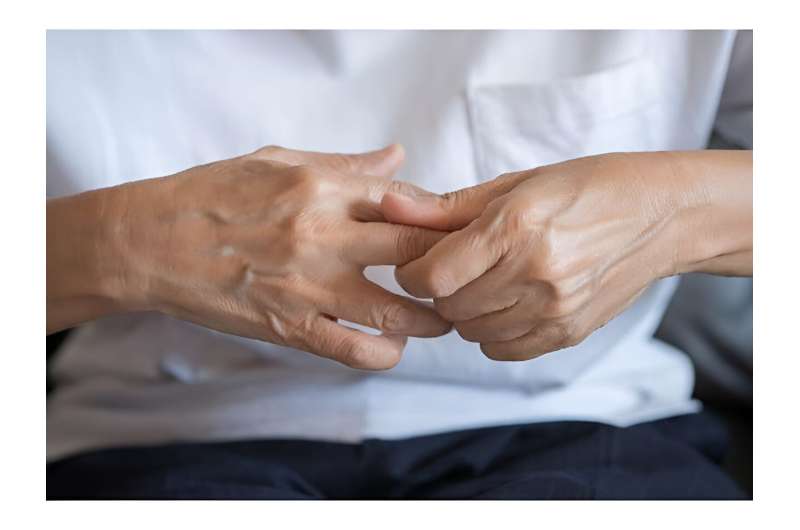The degenerative joint disease osteoarthritis affects 15% of the global population over age 30, so by 2050 that could be nearly 1 billion people, researchers say.
Living longer and obesity are both major contributors.
"With the key drivers of people living longer and a growing world population, we need to anticipate stress on health systems in most countries," said study author Jaimie Steinmetz, lead research scientist at Institute for Health Metrics and Evaluation (IHME) in Seattle.
"There is no effective cure for osteoarthritis right now, so it's critical that we focus on strategies of prevention, early intervention, and making expensive, effective treatments like joint replacements more affordable in low- and middle-income countries," she said in an institute news release.
The research was part of the Global Burden of Disease Study 2021, and used 30 years of osteoarthritis data, from 1990 to 2020, in more than 200 countries.
The study found that cases increased rapidly over the past three decades because of aging, population growth and obesity.
While around 256 million people had osteoarthritis in 1990, that number jumped to 595 million people in 2020, a 132% increase.
The study found that obesity was responsible for about 20% of the disability of osteoarthritis in 2020.
For people aged 70 and older, osteoarthritis ranked seventh in causes for years lived with disability.
The condition is expected to increase by 2050 by 74.9% in knees, 48.65% in hands, 78.6% in hips and 95.1% in other joints, including the elbow and shoulder.
Osteoarthritis impacts women more than men, and that's expected to continue to be true.
In 2020, 61% of osteoarthritis cases were in women compared to 39% in men.
"The reasons for gender differences in osteoarthritis prevalence are being investigated, but researchers believe that genetics, hormonal factors and anatomical differences play a role," said senior author Dr. Jacek Kopek, professor in the School of Population and Public Health at the University of British Columbia.
The role of obesity increased during the study period. In 1990 obesity was tied to 16% of the disability due to osteoarthritis and rose to 20% in 2020.
If obesity can effectively be addressed in the global population, the osteoarthritis burden would decrease by an estimated 20%, the authors said.
"Health care systems and governments have an opportunity to engage and participate in identifying vulnerable populations, addressing drivers of obesity, and developing management strategies to prevent or slow down the progression of osteoarthritis," said study supervisor and co-author Liane Ong, lead research scientist at IHME.
"The role that physical inactivity plays in obesity and pain associated with osteoarthritis can have opposite and unintended negative cycles," Ong said in the release. "For example, being physically active can prevent injuries earlier in life and can even be beneficial for someone with joint pain. It's counterintuitive but having joint pain doesn't mean we should remain sedentary."
The study was published Aug. 21 in The Lancet Rheumatology.



Recommended Comments
There are no comments to display.
Join the conversation
You can post now and register later. If you have an account, sign in now to post with your account.
Note: Your post will require moderator approval before it will be visible.